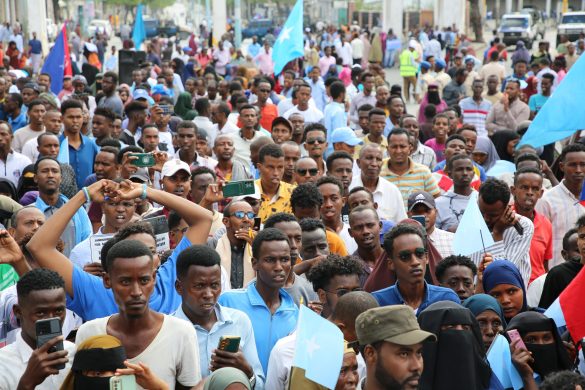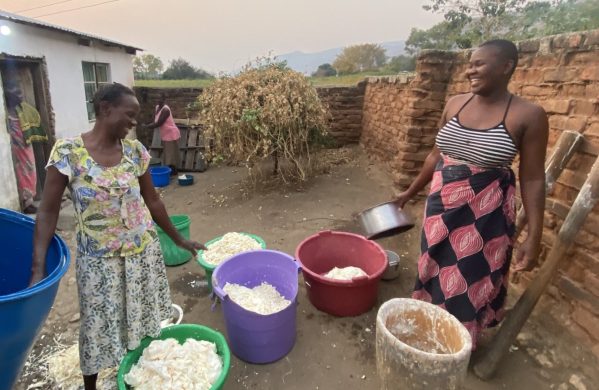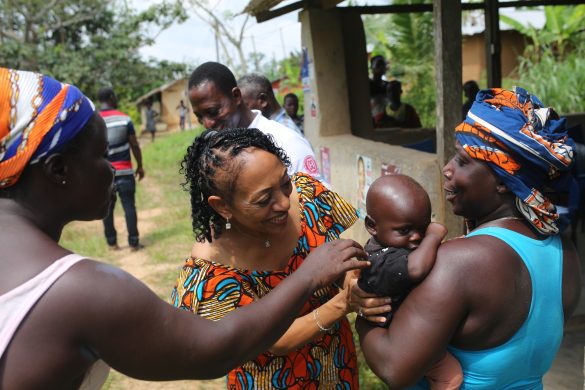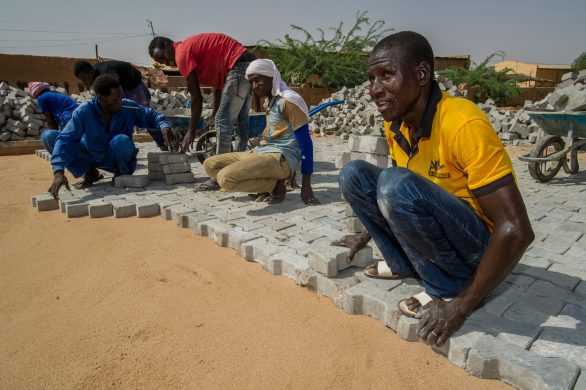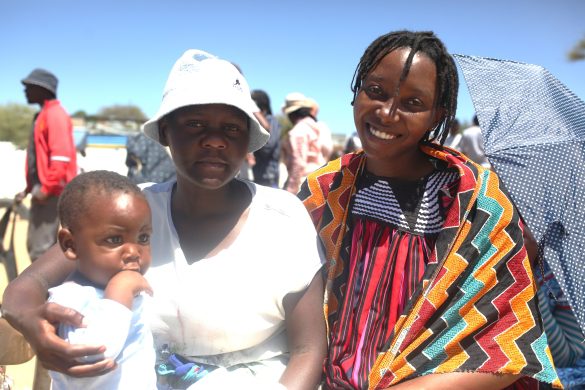Bevæbnede mænd overtog en hel by i ni timer, hvor de myrdede løs, brændte forretninger ned og satte ild til biler og andre køretøjer – og det er ikke første gang, at ulmende etniske modsætninger slår ud i lys lue i Kenyas kystprovins.
MOMBASA, 23 July 2014 (IRIN): A string of attacks by gunmen on communities in Kenya’s southeastern Coast Province over the past six weeks has left more than 100 people dead, and the real fear of yet more violence to come.
The death toll in the raids in Lamu and Tana River counties is undisputed. There is also a general agreement that the cause of the violence is “politics and land”. But on who is behind the attacks, and why, the consensus is shakier.
The biggest attack to date was in Mpeketoni, 300 km along a potholed road from Kenya’s second city of Mombasa, 50 km south of Lamu, the ancient port and cradle of Islamic Swahili culture.
A Kikuyu town
Mpeketoni is an overwhelmingly Kikuyu town, Kenya’s large and politically powerful ethnic group from the centre of the country.
They were settled in the area by the government in the late 1960s and crucially provided with title deeds (skøder), legal tenure which the traditional owners of the land do not possess.
On the evening of 15 June, an estimated 40 heavily-armed men took over the town. For 9 hours, undisturbed by the security forces, they executed almost exclusively men, burned down businesses and torched vehicles.
When it was over, 59 people were dead. The majority were Kikuyu, but there were also a significant number of victims from among the coastal Mijikenda community.
According to eyewitnesses, the raiders wore military kit, some were bearded and spoke Somali or broken Swahili; all consistent with claims by the Somali insurgent group al-Shabab – battling the Kenyan army in southern Somalia – that they were responsible.
But the government has dismissed the connection
In a 17 June statement President Uhuru Kenyatta made it clear he regarded the violence as deliberately aimed at Kikuyu settlers, who over the years have gravitated in increasing numbers to the coastal strip.
“The attack in Lamu was well planned, orchestrated, and politically motivated ethnic violence against a Kenyan community, with the intention of profiling and evicting them for political reasons,” he said.
Several weeks after the attack, that was the prevailing view in Mpeketoni – a community under siege, in which their MP was a key target for the attackers.
Mpeketoni wields a significant block vote in Lamu County, and the political demographics point to increasing Kikuyu influence.
Current Lamu governor Issa Timamy, who campaigned on a platform of local indigenous land rights, felt it expedient to pick a Kikuyu as his running mate. He was nevertheless arrested in connection with the violence, although is yet to be charged.
al-Shabab with local recruits
As in the best whodunits, everybody seems to have a motive.
But according to Hussein Khalid, executive director of the Mombasa-based human rights group Haki Africa, the evidence points to a unit of al-Shabab that includes local recruits, which is cleverly playing on the region’s social and economic tensions.
“We have heard of youth crossing the border to fight with al-Shabab, some of them from the Lamu area. [If they have returned to Lamu] that would explain why according to eyewitnesses some of the attackers covered their faces, and referred to people in the town by their names,” he told IRIN.
A national newspaper reported intelligence officials as saying they believed one of the al-Shabab commanders in the Lamu area was a Kikuyu who had converted to Islam – a suggestion not denied by Deputy Inspector General of the Administration Police Samuel Arachi.
“Al-Shabab has mutated. Previously it was basically Somali, now it is anybody who has been radicalized,” he told IRIN.
“But who is financing this, who are the paymasters? And why now?”
He added: “It does not matter if it is al-Shabab, the Mombasa Republican Council [a coastal separatist group] or Mungiki [a Kikuyu militia], they won’t get away with it.”
Marginalized
The real culprit (synder), local analysts say, is the history of what academic Paul Goldsmith describes as the “crisis of second-class citizenship”, where the mixed-heritage Swahili are largely peripheral in post-independence Kenya.
Mainland Lamu and Tana counties are the traditional home of the Swahili Bajuni and smaller neighbouring communities.
But at independence in 1963 their communal land, instead of being administered as trust land as elsewhere in Kenya, remained under the authority of the state.
What that has meant is that local people are effectively squatters (jordløse), and “this place we call home is not ours, at least not on paper,” said Khalid.
Cross-border raids from Somalia during the 1960s as a result of the Shifta conflict also drove the Bajuni off their land, shutting down economic activity and impoverishing the local community.
Insecurity continued in the 1990s with the collapse of the Somali state.
Settlement scheme for landless Kikuyu
Læs videre på
http://www.irinnews.org/report/100394/analysis-conflict-dynamics-on-kenya-s-coast




